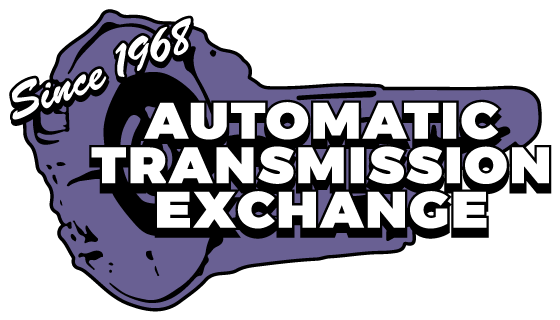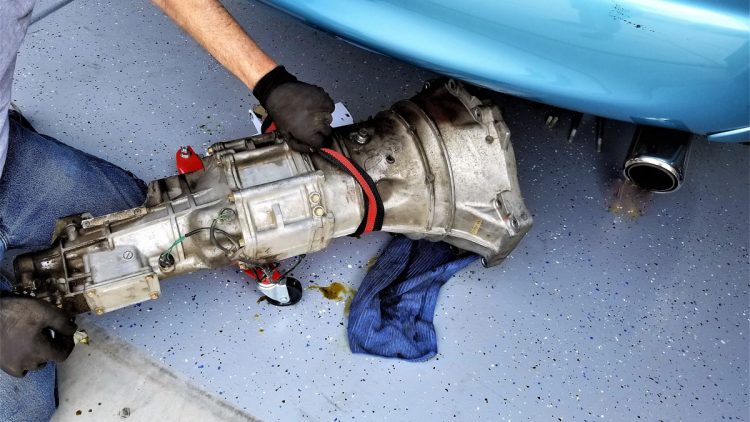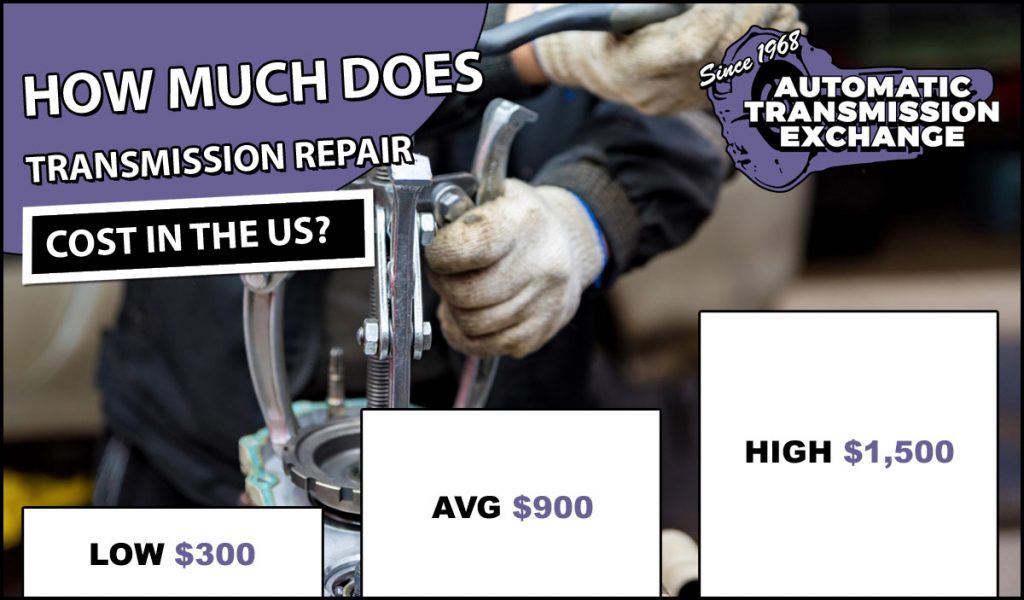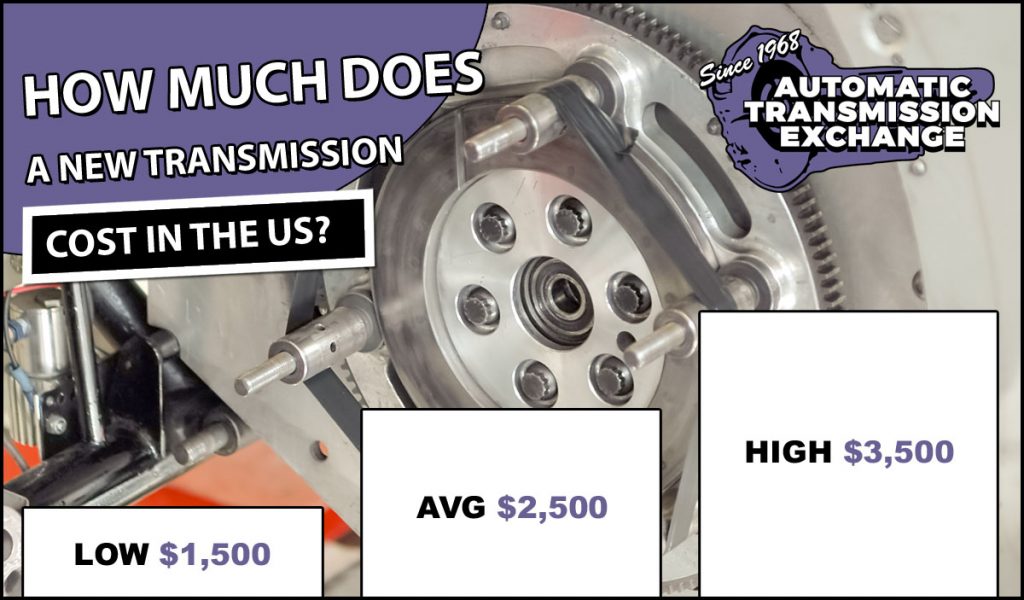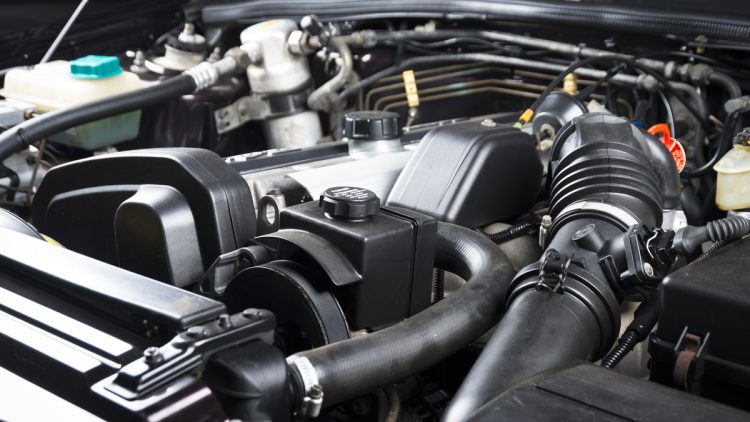Failing Transmission
As with any part of your vehicle, early detection of transmission problems can save you hundreds, if not thousands of dollars, in addition to preventing further, more severe damage to your vehicle. This is why it is vital to learn to identify the warning signs of transmission issues and what you should do when you begin to notice any sign of your transmission failing.
What Are the Failing Transmission Indicators?
Below are some examples of transmission failure warning signs:
- Refusing to Switch Gears
If your vehicle resists or has a hard time switching gears, you are probably dealing with an issue with your transmission system. Low or wrong kinds of transmission fluid might be why your vehicle is failing to change gears.
- Burn-like Smell
When you are noticing any burning smells coming from your vehicle, you should take it to an auto shop sooner than later. This smell can be an indicator that your transmission is overheating, or your transmission fluid is older and burnt.
- Noises When in Neutral
Strange noises coming from your vehicle when it’s in neutral might be a sure sign that something could be amiss with your transmission. If you’re lucky, the noises could be an indication that your vehicle is ready for newer transmission fluid, in which would get flushed and then replaced by a mechanic.
Conversely, it could also mean that your vehicle requires a replacement or additional service by a mechanic.
- Slipping Gears
In addition to it being terrifying and alarming when your gears spontaneously slip in and out of place when you are driving, but this situation is also hazardous as it is never suggested to drive with slipping transmission gears. You are going to know your transmission has slipped when you hear your engine revving during changing of gears. It is like driving on ice, with zero control.
Some other indicators of slipping gears includes delays in acceleration, odd noises, and a general jarring response when attempting to shift gears.
- A Clutch that Drags
A dragging clutch means a failure to detach the clutch disk from the flywheel in your transmission when pressing the clutch pedal. This problem causes the gears to jar and the vehicle to move when changing gears. This is generally caused because of a mechanical failure or misplacing of the clutch.
- Leaking Fluid
Transmission fluid leaks are one of the simplest transmission issues to identify. When you see a sweet-smelling, red fluid beneath your vehicle in your garage, driveway, or parking lot, tell your mechanic know they should check your transmission fluid levels and investigate for possible leaks.
- Check Engine Light
If your check engine light is on, it can indicate a multitude of vehicle issues – both minor and major. However, make sure a local mechanic investigates further, in case the source of the issue is critical.
- Shaking or Grinding
More typical in vehicles with automatic transmissions is any kind of grinding or shaking that happens when switching gears. This usually is a sure sign that your transmission has an issue. When this occurs, it is vital to have your vehicle examined by a mechanic sooner than later.
- Unusual Sounds
Whining, humming, or clunking sounds—none of which are good noises to hear in your vehicle. Whereas there are a lot of reasons why your vehicle may be letting out strange noises, they must be addressed by a skilled mechanic.
- Unresponsive
If your vehicle is unresponsive when trying to switch gears—particularly from park to drive—it is probably caused by an issue with your transmission and is going to be required for transmission service.
Transmission Service, Repair, & Replacement Services in Phoenix, AZ
We offer a full range of auto transmission repair and replacement services from automatic transmission to manual transmission to the entire Phoenix Metro area.
*Disclaimer – This is not an actual quote. Your transmission repair or replacement cost could be different than the prices you see on this guide. The only way to get an actual estimate is by searching for transmission repair and replacement shops near you. Contact Automatic Transmission Exchange if you are in the Phoenix area and need transmission repair or replacement.
